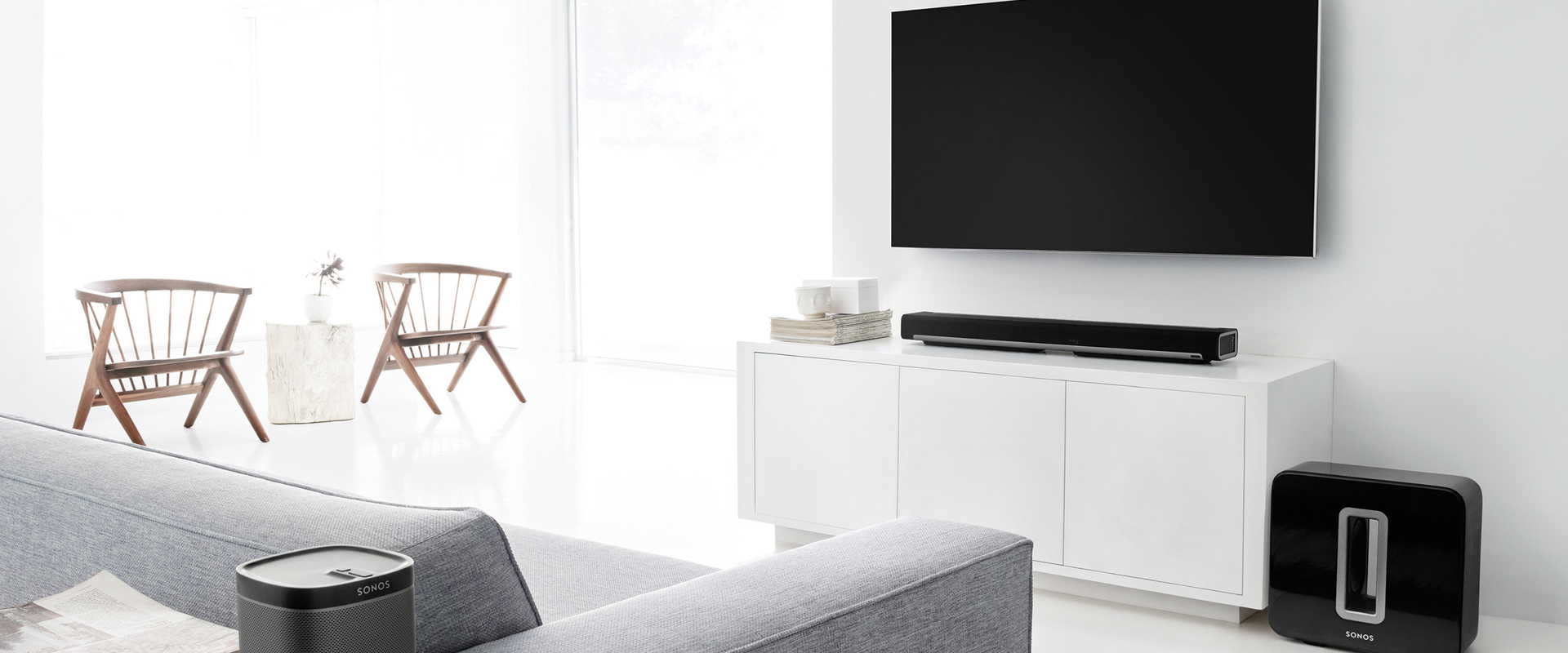Lighting conditions have a significant impact in the way well we can perceive motion. Movement detection is a critical component of various technologies, such as security cameras, automated lighting systems, and even some gaming applications. Comprehending how various lighting environments influence our capacity to perceive movement can assist enhance the design and efficacy of these technologies. For instance, inadequate lighting might result in overlooked motions or false alerts, while ideal lighting can enhance the accuracy of movement detection technologies.
In well-lit illumination conditions, motion detection is typically more reliable. When there is sufficient illumination, sensors and cameras can capture sharper images, which helps in identifying dynamic elements. Bright environments allow for better distinction between the dynamic element and the surroundings. This contrast is essential for both visual viewers and mechanical systems, as it facilitates it simpler to distinguish between static and dynamic elements in a setting. Therefore, ensuring that spaces are adequately illuminated can significantly enhance the effectiveness of movement detection technologies.
On the other hand, low-light environments can pose challenges for motion detection. In dim settings, shadows can hide dynamic elements, which makes them difficult to perceive. Additionally, the human eye struggles to detect motion in low light, try here which can result in misinterpretation of what is happening in the environment. Cameras may also face challenges, as many do not perform well in low light without the use of infrared capabilities or alternative enhancements. These restrictions highlight the importance of sufficient illumination in environments where motion detection is critical.
Additionally, different types of lighting can have varying impacts on motion detection. For example, neon lights can flicker, which might confuse movement detection systems that depend on consistent illumination input. On the other hand, natural provides a consistent source of lighting that enhances visibility. Comprehending these variations in lighting types can assist users in choosing the most suitable lighting for specific uses, especially in security and surveillance helpful resources scenarios.

In conclusion, the connection between illumination environments and movement detection precision is significant. By making sure that environments are appropriately illuminated, we can improve the reliability of movement detection systems. This knowledge not only supports tech uses but also enhances safety and safety in multiple environments. As more advancements are made in motion detection systems, taking into account illumination environments will remain a crucial factor in enhancing performance and ensuring that these technologies function properly in various environments.
Comments on “Illuminating the Impact of Illumination Conditions on Movement Detection Precision and Reliability”